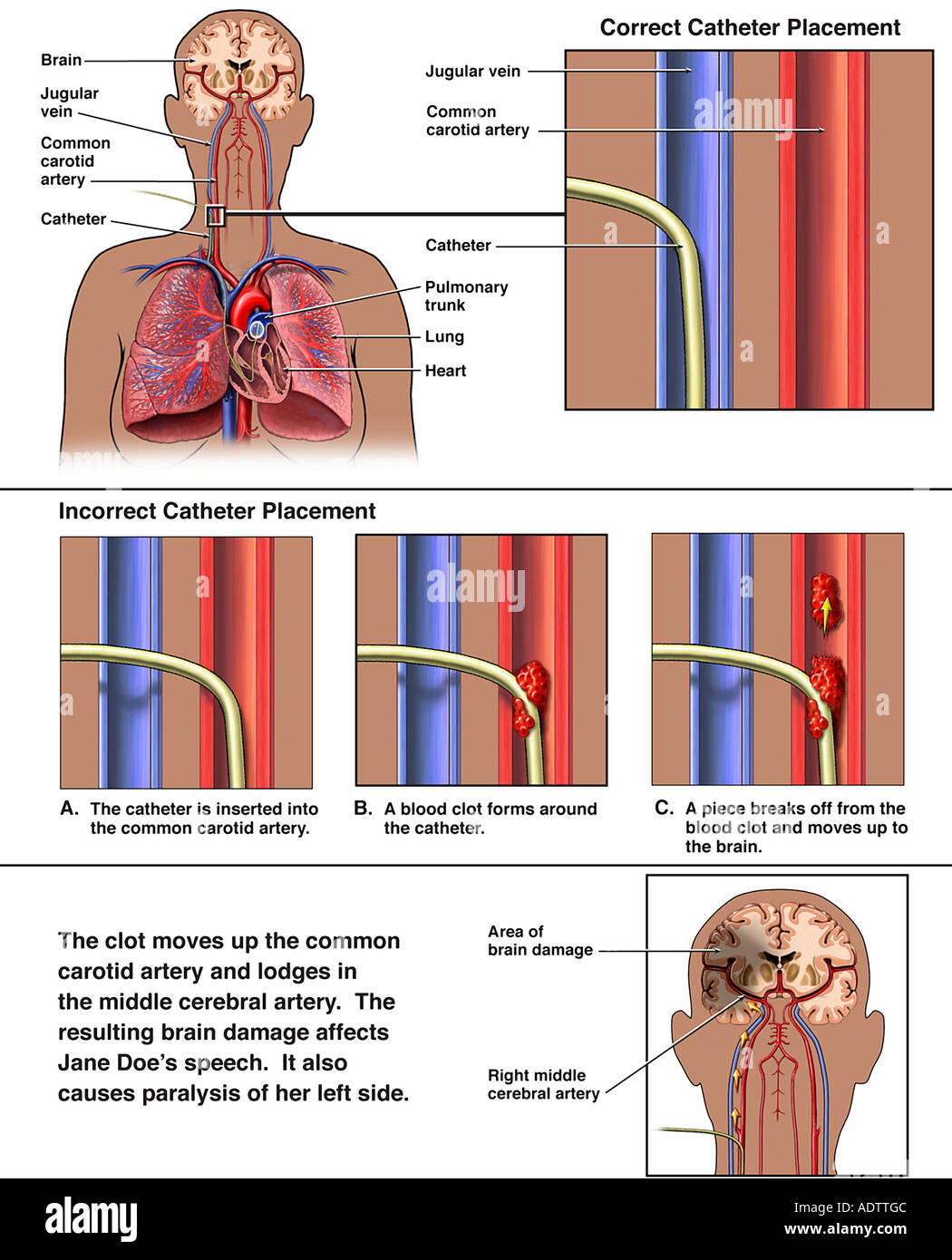Fabulous Info About How To Prevent Catheter Embolism

As there have been great advances in the understanding of venous air embolism over the last decade, we are updating the pathophysiology and preventive.
How to prevent catheter embolism. An air embolism is preventable with appropriate precautions and techniques. A surgeon uses a catheter or a large. This procedure can treat severe pulmonary embolism.
The catheter fragment can lead to pulmonary embolism, vascular perforation, sepsis, arrhythmia, and even death. Get a printable copy (pdf file) of the complete article (275k), or click on a page image. There are many ways a catheter can break or malfunction and cause an embolism.
With appropriate precautions and techniques it can be preventable. We present a case of symptomatic venous air embolism likely arising from peripheral. This article reviews the causes of air embolism, clinical management and prevention techniques.
Air emboli developing from peripheral intravenous lines are uncommon. Preventing air embolism emergency management related to central venous catheterization. Air embolism is a rarely encountered but much dreaded complication of surgical procedures that can cause.
Closing off blood vessels that feed tumors. Embolization offers temporary or permanent relief for a variety of conditions by: Air embolism, endovascular, catheter, embolization.
Full text is available as a scanned copy of the original print version. Therefore, it is important to identify errors and prevent occurrence. This can prevent blood clots from reaching the arteries of the lung.
Key points for practice. Cvads can be inserted directly into a central vein, tunneled through subcutaneous tissues for more permanent access, or placed peripherally and threaded. How catheters can cause emboli.
Central venous catheter use is ubiquitous in the. The trendelenburg position is recommended when placing or removing jugular or subclavian catheter to prevent air embolism (3).


















